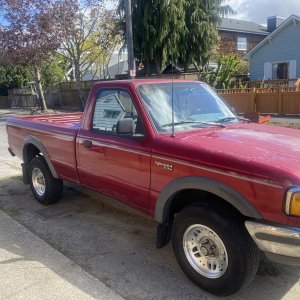locovaca
Member
- Joined
- Jan 26, 2008
- Messages
- 707
- Reaction score
- 4
- Points
- 18
- Location
- DeWitt, IA
- Vehicle Year
- 1993
- Make / Model
- Ford
- Engine Size
- 3.0
- Transmission
- Manual
No system adjusts for E10. Period. Feel free to prove me wrong with the sensor/system on any car which does. The system you are thinking of is the right foot.systems DO adjust for e10
using e10 you'll see worse milage than 100% gasoline, and e85 is even worse.
ethanol needs to run richer to be stoichometric.
driving habits have the largest impact on fuel milage. and the comment about 3k rpms changing to open loop.. im pretty sure its engine load that determines when it switches to open loop because the computer switches to a rich mixture under load to provide power
more pedal=more engine load=more fuel
most i've even gotten out of my ranger was 30mpg going 50mph the whole way and babying the throttle, never been able to do it again.
i average about 20-25mpg now i drive like an old man through hilly/curvy terrain everyday
Ethanol contains 2/3 of the energy content of regular gas. That means E10 contains (theoretically) 97% of the energy content of regular unleaded. That 3% loss of energy content is not noticeable if you drive normally (lots of highway cruising and calm, controlled acceleration from a stop, etc.)
Like I said, I don't drive like a race car driver, and I see next to no difference between E10 and regular unleaded.















